You do not strictly need a base resistor. Not only do MOSFETs not have bases (they have gates), but the gate is (very) high impedance. Except when the MOSFET is changing states, the gate current is essentially zero.
Sometimes, a gate resistor is prudent to reduce ringing, especially if the trace driving the gate is long, or if you are concerned with generating electromagnetic interference. A higher value dampens ringing but also slows switching times: the appropriate value depends on how bad the ringing could potentially be and what switching times are required.
It is common practice to place a resistor (the value isn't terribly critical -- anything between \$ 1k\Omega \$ and \$1M\Omega\$ will do) from the gate to ground, just to be sure the MOSFET will be off if the thing driving it (the 4043 in your case) is letting the output float. Otherwise, very small currents from your finger, capacitive coupling, inductive coupling, or other things you'd rather not worry about can change the gate voltage of the MOSFET, resulting in unintended behavior.
